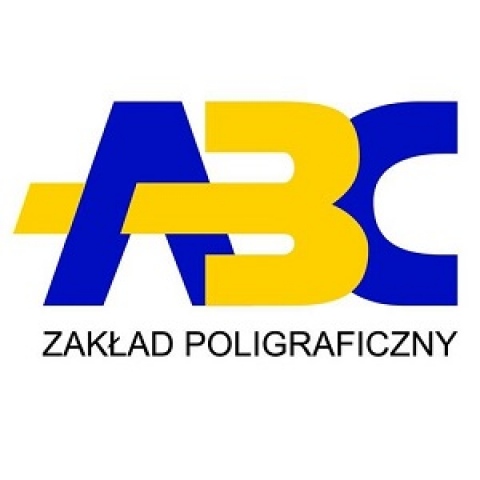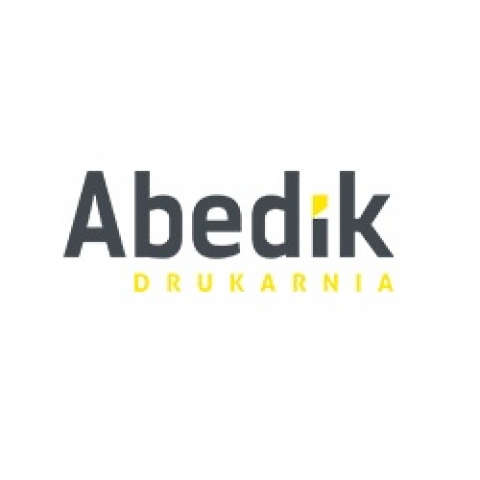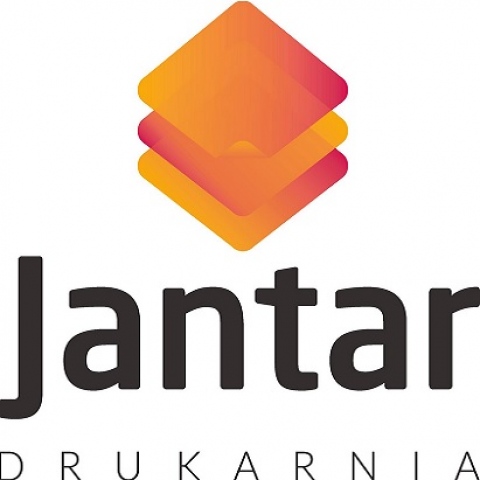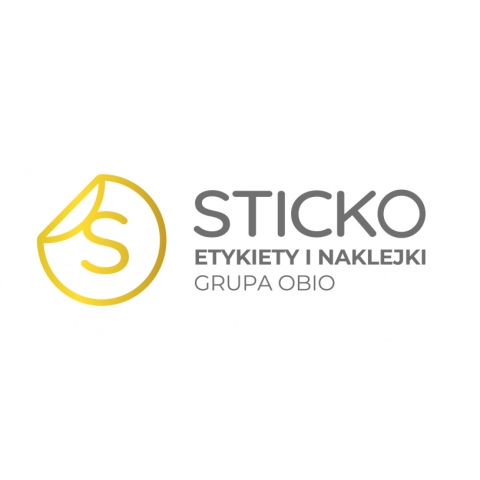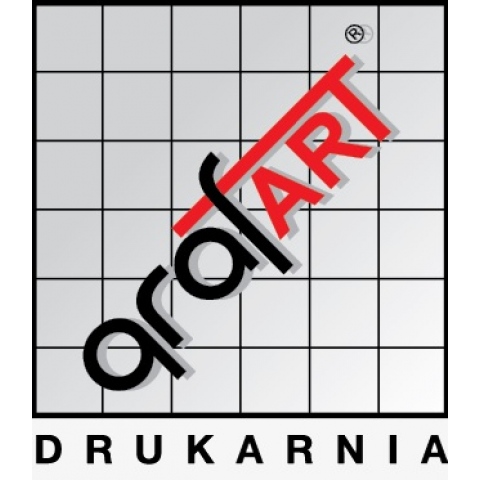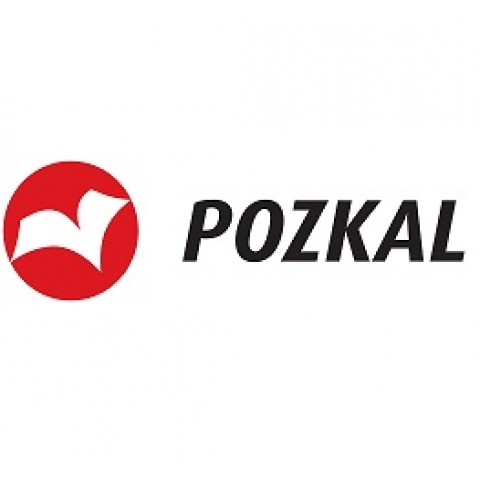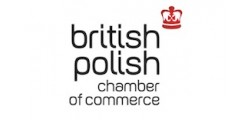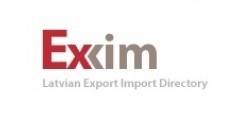Selected categories:
- Publishing, printing and reproduction of recorded media
We are one of the oldest and most experienced
printing houses in Warsaw. We have fully automated
production processes from checking printing files
to printing. A modern and extensive fleet of
machines enables fast and economical printing.
A well-equipped bookbinding shop allows for the
...
101 Studio DTP Tomasz Tęgi i Spółka Sp. z o.o.
93-426 Łódź
łódzkie, Poland
A-ROCH-ART
02-786 Warszawa
mazowieckie, Poland
AB DRUK Sp.j.
97-200 Tomaszów Mazowiecki
łódzkie, Poland
Publishing, printing and reproduction of recorded media
Did you know that:
Poligraphy and publishing activities in Poland are sectors with a long and rich history, and their development over the past few decades has been dynamic. Poligraphy encompasses all processes related to the production of printed materials, from graphic design, through printing, to binding and distribution. In Poland, it is an important industry both culturally and economically, with publishing being a key element.
Poligraphy in Poland
Poligraphy in Poland dates back to the 16th century, when the first printing press was established in Kraków. Since then, the industry has undergone numerous transformations, especially in the 19th and 20th centuries, when the development of printing technologies and the increasing demand for literature and press led to rapid growth. Modern Polish poligraphy relies on advanced printing technologies such as offset, digital, and flexographic printing, which allow for the production of both small print runs and large series of books, newspapers, or advertising materials.
There are many poligraphy companies in Poland that offer full-service production, ranging from design and preparation of materials for printing, to printing, packaging, and distribution. The high quality of poligraphic services in Poland is ensured by a well-developed infrastructure and the experience and knowledge of specialists, who continue to invest in new technologies, allowing them to compete in the international market.
Publishing Activities in Poland
Publishing houses in Poland are an important element of the cultural market. Poland has a long literary tradition, and the book market is one of the largest in Central and Eastern Europe. Publishers, both large and small, deal with the production of books, magazines, textbooks, as well as scientific and specialized literature. Publishing culture in Poland also includes the activity of electronic publishers, which have gained importance in the era of digitalization and the popularity of e-books.
The Polish publishing market is highly diversified. The country is home to both large publishing houses, which publish bestsellers and books by internationally renowned authors, as well as small independent publishers specializing in niche literary genres, non-fiction, or children's books. Publishing activity also includes translations of books from other languages, enabling the international growth of the Polish book market.
Publishers in Poland focus on thematic and editorial diversity. In recent years, there has been growing interest in audiobooks and e-books, as well as art books and premium editions created with collectors in mind. At the same time, traditional printed books remain highly popular, and Polish literature has a strong representation on the international market.
Challenges and the Future
Both the poligraphy and publishing industries in Poland face many challenges. The modern book market is changing rapidly, especially in the context of the growing popularity of digital media and changing reading preferences. Publishers must adapt to new technologies such as publishing e-books, audiobooks, and creating interactive content that combines multimedia elements.
In poligraphy, one of the key challenges is implementing sustainable ecological practices and reducing environmental impact. Printing companies are increasingly investing in technologies that allow for the production of materials made from recycled materials, the use of eco-friendly inks, and the reduction of production waste.
Despite these challenges, Polish poligraphy and publishing activities have a promising future. On one hand, the development of new technologies allows for efficient outreach to a wide audience, while on the other hand, the country’s literary and cultural tradition, as well as its strong position in the international market, ensure the continued growth of these sectors.
In summary, poligraphy and publishing activities in Poland are dynamic and growing fields that not only shape the cultural market but also play a significant role in the economy. Investments in modern technologies, attention to quality, and adaptation to changing consumer needs are key elements that will determine the future of these industries.

 pl
pl  en
en  de
de  es
es  fr
fr  it
it  pt
pt  ru
ru  sv
sv 
